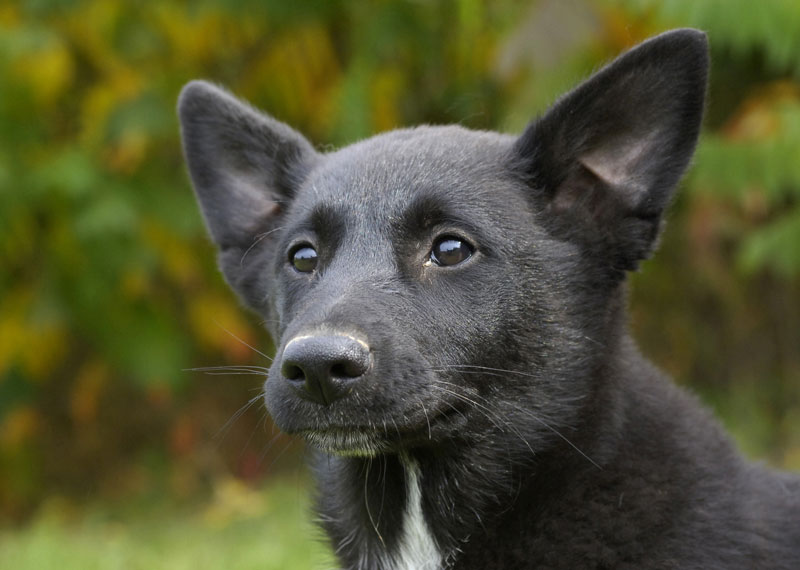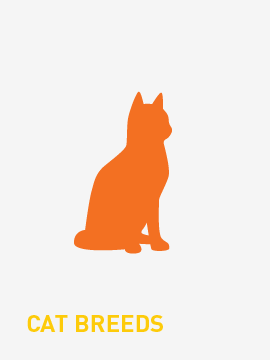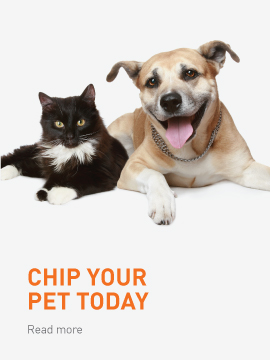Canaan dog is a breed of pariah dog recognized as Israel’s national breed. It may have existed in the eastern Mediterranean seaboard for millennia, as referenced in ancient carvings and drawings. There are 2,000 to 3,000 Canaan dogs across the world, mostly in Europe and North America.In the Sinai Desert, a rock carving, from the first to third century AD, depicts a dog that in size and shape appears to be a Canaan type dog.In Ashkelon, a graveyard was discovered, believed to be Phoenician from the middle of the fifth century BC. It contained 700 dogs, all carefully buried in the same position, on their sides with legs flexed and tail tucked in around the hind legs. According to the archaeologists, there was a strong similarity between these dogs and the "Bedouin shepherd dogs" or the Canaan dog. A sarcophagus dated from the end of the fourth century BC, was found in Sidon lebanon, on which Alexander the Great and the King of Sidon are painted hunting a lion with a hunting dog similar in build to the dogs of Ashkelon, and similar in appearance to the Canaan dog.They survived this way until the 1930s, when Dr. Rudolphina Menzel came up with the idea to use these intelligent scavenger dogs mainly found in the desert, as guard dogs for the scattered Jewish settlements. Menzel was asked by the Haganah to help them build up a service dog organization (later to become Unit Oketz). She captured and acquired wild and semi-wild Canaan dogs. She worked with semi-free and free-living dogs of a specific type, luring them into her camp and gaining their trust. She also captured litters of puppies, finding them remarkably adaptable to domestication. The first successful adult she called Dugma (meaning example). Dr. Menzel found the dogs highly adaptable, trainable, and easy to domesticate. It took her about six months to capture Dugma, and within a few weeks she was able to take him into town and on buses.She began a breeding program in 1934, providing working dogs for the military and she gave pups to be pets and home guard dogs. She initiated a selective breeding program to produce the breed known today as the Canaan dog.In 1949 Menzel founded The Institute for Orientation and Mobility of the Blind, and in 1953, she started to train Canaan dogs as guide dogs for the blind. Although she was able to train several dogs, she found that the breed was too independent and too small for general guide dog use, although some of her dogs were used successfully by children.Her breeding program was concentrated with the Institute, where a foundation of kennel-raised Canaan dogs was established, carrying the name "B'nei Habitachon". She later supplied breeding stock to Shaar Hagai Kennels which continued in the breeding of the Canaan dog. After her death in 1973, Shaar Hagai Kennels, managed by Dr. Dvora Ben Shaul and Myrna Shiboleth, continued the breeding program according to her instructions. In addition, a controlled collection of dogs of the original type was continued, primarily from the Bedouin of the Negev.Collection of wild Canaan dogs has become very difficult. Many of the Canaan dogs living in the open were destroyed by the Israeli government in the fight against rabies. The spread of the human population into areas that were formerly isolated, along with their pet dogs, has resulted in the loss of the natural habitat of the Canaan. Even the majority of Bedouin dogs today, other than those of tribes still living a traditional and isolated life style, are mixed with other breeds, Myrna Shiboleth visits the Negev regularly, looking for good specimens living by the Bedouin camps, that she can breed with her dogs and use to strengthen the gene pool., and in the last few years, several excellent dogs have been found and brought into the breeding group.
Health
In general, the Canaan dog does not suffer from known hereditary problems. Although the breed is one of the healthiest, George A. Padgett, DVM, listed diseases that have been seen, at one time or another, in the Canaan dog: hypothyroidism, epilepsy, progressive retinal atrophy (PRA), cryptorchidism, Hip dysplasia (canine), elbow dysplasia, luxating patella, and osteochondritis dissecans (OCD).






